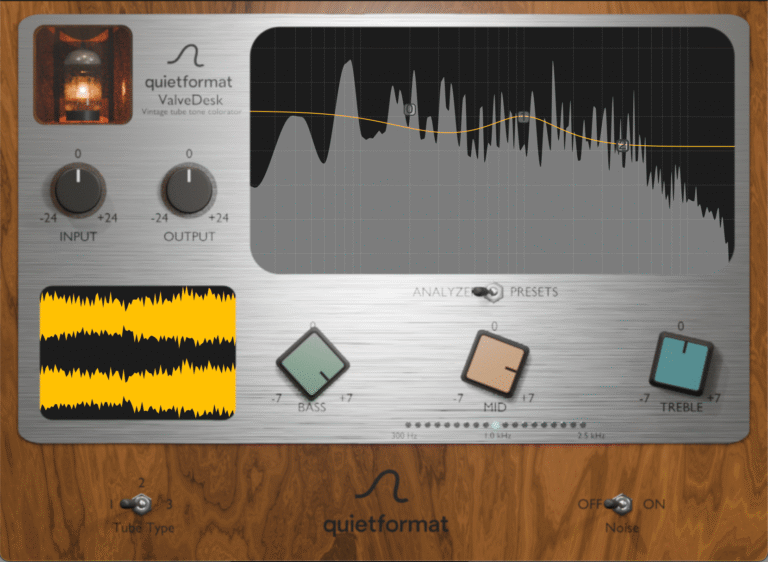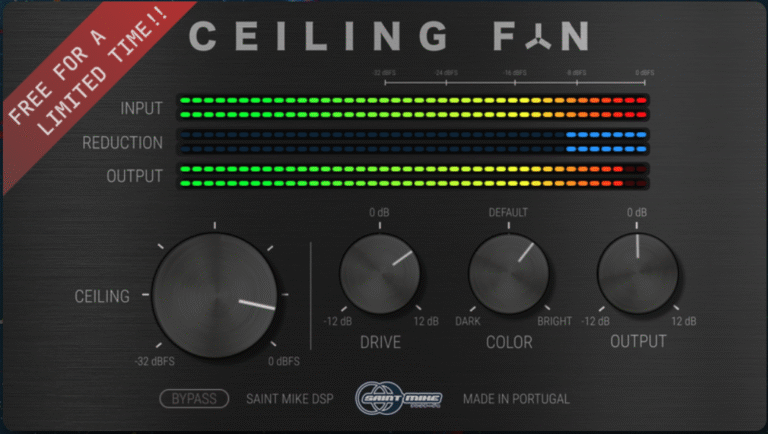s(M)exoscope: The Free Oscilloscope Plugin Every Producer Should Know
If you’re into music production, mixing, or sound design, you’ve probably heard of s(M)exoscope. It’s a free VST plugin that does one simple but essential job: it lets you see your audio waveform in real time.
In this article, I’ll walk you through why it’s still so useful today and what makes it stand out.
What is s(M)exoscope?
s(M)exoscope is an oscilloscope VST plugin: it lets you visually monitor your audio signal as you play or record. You can load it as a standard insert effect on any track, or use its special modular version built for modular VST hosts like Plogue Bidule or AudioMulch.
At first glance, it might seem like an old-school tool, but it actually has a few features that make it surprisingly powerful, even by today’s standards.
Main features
Here’s what s(M)exoscope can do:
✅ Display controls
Adjust the number of pixels per sample (Time) and the amplitude of the waveform on screen (Amp). This means you can zoom in or out to analyze your sound in more detail.
✅ Retrigger modes
Choose between Free, Internal, Rising & Falling, and set your own retrigger threshold. The modular version even adds an External mode – perfect for creative live setups or more complex routing.
✅ Handy options
- Sync Redraw (syncs screen refresh to avoid glitches)
- Freeze (pause the waveform to inspect a moment closely)
- DC-Kill (removes DC offset from the signal)
- Channel selection (pick which channel to display)
Detailed waveform analysis
One of my favorite parts of s(M)exoscope is its built-in analysis tool: you can place a marker on the waveform, and it will calculate data like:
- Selection amplitude (linear and in decibels)
- Selection length (in samples, seconds, or milliseconds)
- Estimated selection frequency (assuming the selection is one cycle)
These numbers are incredibly useful if you’re tweaking a kick drum, designing a synth patch, or comparing dynamics across samples.
Why it belongs in your workflow
s(M)exoscope isn’t just a “geek tool” – it’s genuinely helpful whether you’re mixing, mastering, or designing new sounds. Personally, I love using it to:
- Check the transient shape of kicks, snares, or percussive sounds
- Compare waveforms from different synths or layers
- Spot phase or symmetry issues in a mix
Since it’s free, lightweight, and works in most DAWs, I think it’s worth having in every producer’s toolkit.
I discovered this plugin through this very interesting video. By the way, if you want to achieve powerful mixes, I recommend watching it. The plugin is shown in the first part of the video.
At the bottom of the article, you’ll find the download button, which will redirect you to a secret Telegram group.
In a world where plugins keep getting more complex, sometimes the simplest tools – like s(M)exoscope – can make the biggest difference.
If you haven’t tried it yet, download it and experiment: you’ll be surprised how much better you’ll understand what you’re actually hearing.
Do you want more articles about must-have free plugins? Let me know in the comments!
See you soon on ITBblog.com 🚀




